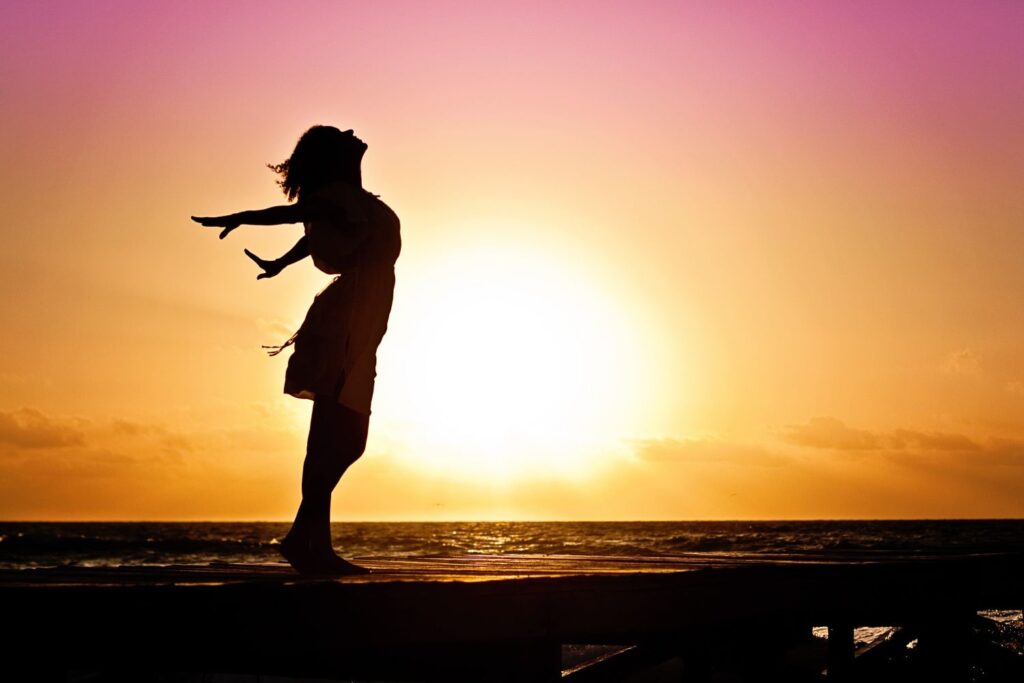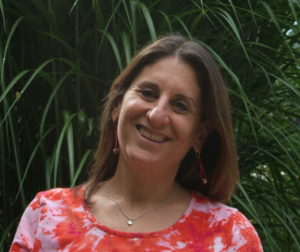
Everyone knows that our emotions and our breathing is connected. We’re often advised to “take a deep breathe” when we are upset. Classes in Yoga and meditation have sprung up everywhere we look. But very often, we are given seemingly simple advice to “just breathe” and we don’t know exactly where to go with that.
About 15 years ago, I was taught a simple breathing exercise by a singing instructor. Over the next few days, after practicing this way of breathing, I experienced very strong memories and emotions. I developed a severe sore throat and I even came down with bronchitis. I had no idea what was happening to me. Although very unpleasant at the time, this experience led me down a very positive and life changing path.
How we feel affects how we breathe
We sense that how we feel affects how we breathe. We take note of more rapid and shallow breathe when we feel anxious. When shocked or surprised, we may suddenly suck in our breath. When frightened, we may hold our breath. When tired, we widen our breath into a yawn. We may sigh when exasperated or relieved. Strong reactions like nausea, fury, sexual stimulation – all evoke changes in breathing.
How we feel affects how we hold ourselves
Our emotional reactions greatly influence our body in other ways as well. Our muscles tense and relax and form different postures in relation to how we feel about ourselves and others. We may find ourselves stiff and tight or more relaxed and flexible. Our posture may be leaning towards or contracting away from a particular person or situation.
How we use imagery can change our breathing
We can focus our attention and use our imagination to influence how we hold our body. Any muscle that we focus upon can be relaxed and/or tensed. In doing so, we can change the shape of the instrument that our body breathes through. For example, just like we can choose to squeeze and then relax our fist, we can also choose to squeeze and then relax other muscles that support breathing. We can experiment with muscles in our stomach, chest, back, sides, neck, throat, shoulders, pelvic floor, etc.
We can create more subtle shapes and varying levels of tension with more holistic images. If we use our imagination, we can breathe through so many different shapes and sizes. If we use our imagination, we can breathe into and touch many parts of the body that may normally be guarded and protected.
Culture and Breathing
I remember learning about a tribe that believed their lungs were in their thighs. Could you imagine how they might have experienced their breathing? I dare you to walk around for a while and try this out for yourself! It really is quite astounding.
For purposes of survival and to fit into our societies, most of us have learned to hold ourselves in ways that can be habitual and limiting. Most of this is not in our awareness. We just walk around the way we do. We just hold ourselves the way we do.
If you were to observe an infant, you might notice the way they breathe is very different than the way we have learned to breathe. For example, have you ever noticed the uninhibited expansion and contraction of the belly? How many among us fly so freely as we “mature”?
Breathing the tube
Imagine you have swallowed a very flexible and malleable tube that extends from your mouth through to your “bottom”. (See how my words are affected by culture here?) This tube can have different lengths and widths. You can tighten it to make it rigid or breath into it to expand it outwards like a balloon. Try out some different images:
Piccolo or Flute – Shorter or longer and very narrow.
Saxophone – Very long and very wide.
Breathing and Emotion
When you have some quiet time, allow yourself to really breathe the entire instrument of your body. You can play with different images. When we explore different ways of breathing our body, we wind up expanding into areas that we don’t typically reach. Sometimes this can bring up different emotions.
For instance, you can imagine your body is like an accordion. The accordion can start in the position of a fully exhaled rigid structure. In this position, your body is more collapsed inward and there is limited space to breathe from. Notice what this feels like. Does it remind you of anything?
You can imagine this accordion expands all the way to its widest and fullest position. You can breathe your entire body, noticing what every nook and cranny feels like. What does it feel like to breathe all the way into your back? What is it like to expand your mid chest fully? What it is like to explore the dimensions of your body 360 degrees around like you are a full sphere?
If you are feeling courageous, playful or just plain curious, you can expand the breathing into sound. You are now playing the instrument you had been breathing. When we vocalize we:
- extend the breath out more fully
- experience more vibration and felt sensations
- engage another part of our brain where emotions lie even more closely
So, next time someone tells you to “just breathe”, you might have some more ideas about how to do that!
 Lisa T Perry, MEd, LCMHC, CCMHC, VMT-R is a Licensed Clinical Mental Health Counselor who simple cannot separate emotion from the body. She likes to incorporate breath-work productively into her counseling work. Reach out to learn more about how therapy for voice movement can work for you.
Lisa T Perry, MEd, LCMHC, CCMHC, VMT-R is a Licensed Clinical Mental Health Counselor who simple cannot separate emotion from the body. She likes to incorporate breath-work productively into her counseling work. Reach out to learn more about how therapy for voice movement can work for you.
